Code
HCS28913
Weight
1.1 Kg / 2.43 lbs
Size
Height
11cm (4") Width
15cm (6") Depth
11cm (4") Material
Brass
Availability
Available

Safe Payment
We accept Paypal, Money Transfer, Bank Transfer
Confidence
Protection covers your purchase and personal data.
Worldwide Delivery
We ship Worldwide, except Russia.Shipping cost US$25.2 for upto 0.5 kgs

Hotline
Talk to help line for your question on 9841267335About Chocolate Oxidized
This Buddhist Statue Of Milarepa, [sand Casting], [black Oxidized], [antique Finishing] has been meticulously treated with a chocolate color antique patina. The intention behind this patina is to replicate the appearance of a copper statue that has gracefully aged over a century. Unlike a simple coat of paint, this patina is not applied superficially and is designed to endure. It undergoes an artificial oxidation process that adds depth and character, while also serving as a protective layer against natural oxidation.
By imitating the natural aging process, the chocolate color antique patina lends an air of authenticity and vintage charm to the Buddhist Statue Of Milarepa, [sand Casting], [black Oxidized], [antique Finishing]. This carefully crafted finish ensures that the patina remains intact for an extended period, offering longevity and resistance to wear. The result is a unique piece that captures the essence of a time-worn copper statue, evoking a sense of history and artistic heritage.
This Buddhist Statue Of Milarepa, [sand Casting], [black Oxidized], [antique Finishing] has been meticulously treated with a chocolate color antique patina. The intention behind this patina is to replicate the appearance of a copper statue that has gracefully aged over a century. Unlike a simple coat of paint, this patina is not applied superficially and is designed to endure. It undergoes an artificial oxidation process that adds depth and character, while also serving as a protective layer against natural oxidation.
By imitating the natural aging process, the chocolate color antique patina lends an air of authenticity and vintage charm to the Buddhist Statue Of Milarepa, [sand Casting], [black Oxidized], [antique Finishing]. This carefully crafted finish ensures that the patina remains intact for an extended period, offering longevity and resistance to wear. The result is a unique piece that captures the essence of a time-worn copper statue, evoking a sense of history and artistic heritage.
Process: Sand Casting
This Buddhist Statue Of Milarepa, [sand Casting], [black Oxidized], [antique Finishing] has been created using the sand casting system, also known as sand molding casting. This widely employed manufacturing process utilizes a sand mold to produce metal products and components in various sizes and shapes. Sand casting holds significant popularity in the industry, accounting for approximately 60% of all metal castings. The sand casting process involves six primary steps. First, a pattern or replica of the desired sculpture, in this case, Buddhist Statue Of Milarepa, [sand Casting], [black Oxidized], [antique Finishing], is created using a material like wood or metal. The pattern is then placed in a flask, which is a box-like structure divided into two halves. The next step involves packing the flask tightly with specially formulated molding sand, creating a mold cavity that matches the shape of the pattern. The pattern is subsequently removed, leaving behind a negative impression of the sculpture within the sand mold. Read More . . .
This Buddhist Statue Of Milarepa, [sand Casting], [black Oxidized], [antique Finishing] has been created using the sand casting system, also known as sand molding casting. This widely employed manufacturing process utilizes a sand mold to produce metal products and components in various sizes and shapes. Sand casting holds significant popularity in the industry, accounting for approximately 60% of all metal castings. The sand casting process involves six primary steps. First, a pattern or replica of the desired sculpture, in this case, Buddhist Statue Of Milarepa, [sand Casting], [black Oxidized], [antique Finishing], is created using a material like wood or metal. The pattern is then placed in a flask, which is a box-like structure divided into two halves. The next step involves packing the flask tightly with specially formulated molding sand, creating a mold cavity that matches the shape of the pattern. The pattern is subsequently removed, leaving behind a negative impression of the sculpture within the sand mold. Read More . . .
Brief Introduction :
Milarepa is one of the most widely known Tibetan Saints. In a superhuman effort, he rose above the miseries of his younger life and with the help of his Guru, Marpa the Translator, took to a solitary life of meditation until he had achieved the pinnacle of the enlightened state, never to be born again into the Samsara (whirlpool of life and death) of worldly existence. Out of compassion for humanity, he undertook the most rigid asceticism to reach the Buddhic state of enlightenment and to pass his accomplishments on to the rest of humanity. His spiritual lineage was passed along to his chief disciples, Gambopa and Rechung. It was Rechung who recorded in detail the incidents of Milarepa's life for posterity. The narrative of his life has thus been passed down through almost a millennium of time and has become an integral part of Tibetan culture. In addition to Rechung's narrative of his life, summarized below, Milarepa extemporaneously composed innumerable songs throughout his life relevant to the dramatic turns of events of himself and his disciples in accordance with an art form that was in practice at the time. These songs have been widely sung and studied in Tibet ever since and have been recorded as the Hundred Thousand Songs of Milarepa. His faithful devotion, boundless religious zeal, monumental forbearance, superhuman perseverance, and ultimate final attainment are a great inspiration today for all. His auspicious life illumined the Buddhist faith and brought the light of wisdom to sentient beings everywhere.
Iconography :Milarepa is mostly seen sitted
Life Story :Born in the village of Kya Ngatsa - also known as Tsa - in Gungthang province of western Tibet to a prosperous family he was named Mila Thöpaga (Thos-pa-dga'), which means "A joy to hear." His family name, Josay indicates noble descent, a sept of the Khyungpo or eagle clan. When his father died, Milarepa's uncle and aunt took all of the family's wealth. At his mother's request, Milarepa left home and studied sorcery. While his aunt and uncle were having a party to celebrate the impending marriage of their son, he took his revenge by summoning a giant hail storm to demolish their house, killing 35 people, although the uncle and aunt are supposed to have survived. The villagers were angry and set off to look for Milarepa, but his mother got word to him and he sent a hailstorm to destroy their crops.
Many of Milarepa's deeds took place in Chokyi Dronma's homeland and his life and songs were compiled by Tsangnyon Heruka, sponsored by Chokyi Dronma's brother, the Gungthang king Thri Namgyal De.
Milarepa later lamented his evil ways in his older years: "In my youth I committed black deeds. In maturity I practiced innocence. Now, released from both good and evil, I have destroyed the root of karmic action and shall have no reason for action in the future. To say more than this would only cause weeping and laughter. What good would it do to tell you? I am an old man. Leave me in peace."
Linage :Many of Milarepa's deeds took place in Chokyi Dronma's homeland and his life and songs were compiled by Tsangnyon Heruka, sponsored by Chokyi Dronma's brother, the Gungthang king Thri Namgyal De.
Milarepa later lamented his evil ways in his older years: "In my youth I committed black deeds. In maturity I practiced innocence. Now, released from both good and evil, I have destroyed the root of karmic action and shall have no reason for action in the future. To say more than this would only cause weeping and laughter. What good would it do to tell you? I am an old man. Leave me in peace."
Milarepa is famous for many of his songs and poems, in which he expresses the profundity of his realization of the dharma. He also had many disciples, male and female, including Rechung Dorje Drakpa (Ras-chung Rdo-rje Grags-pa) and Gampopa (Sgam-po-pa, Dhakpo Lhaje). His female disciples include Rechungma, Padarbum, Sahle Aui and Tsheringma.It was Gampopa who became Milarepa's spiritual successor, continued his lineage, and became one of the main lineage masters in Milarepa's tradition.
Mantra of Milarespa
Om Ah Guru Hasa Vajra Hung


![Buddhist Statue Of Milarepa, [sand Casting], [black Oxidized], [antique Finishing]](https://handicraftseller.com/uploads/pics/product/thumb/2023/03/28913.jpg)
![Buddhist Statue Of Milarepa, [sand Casting], [black Oxidized], [antique Finishing]](https://handicraftseller.com/uploads/pics/product/thumb/2023/03/28913_0.jpg)
![Buddhist Statue Of Milarepa, [sand Casting], [black Oxidized], [antique Finishing]](https://handicraftseller.com/uploads/pics/product/thumb/2023/03/28913_1.jpg)
![Buddhist Statue Of Milarepa, [sand Casting], [black Oxidized], [antique Finishing]](https://handicraftseller.com/uploads/pics/product/thumb/2023/03/28913_2.jpg)

 of Nandi Ox" title="Statue
of Nandi Ox" title="Statue 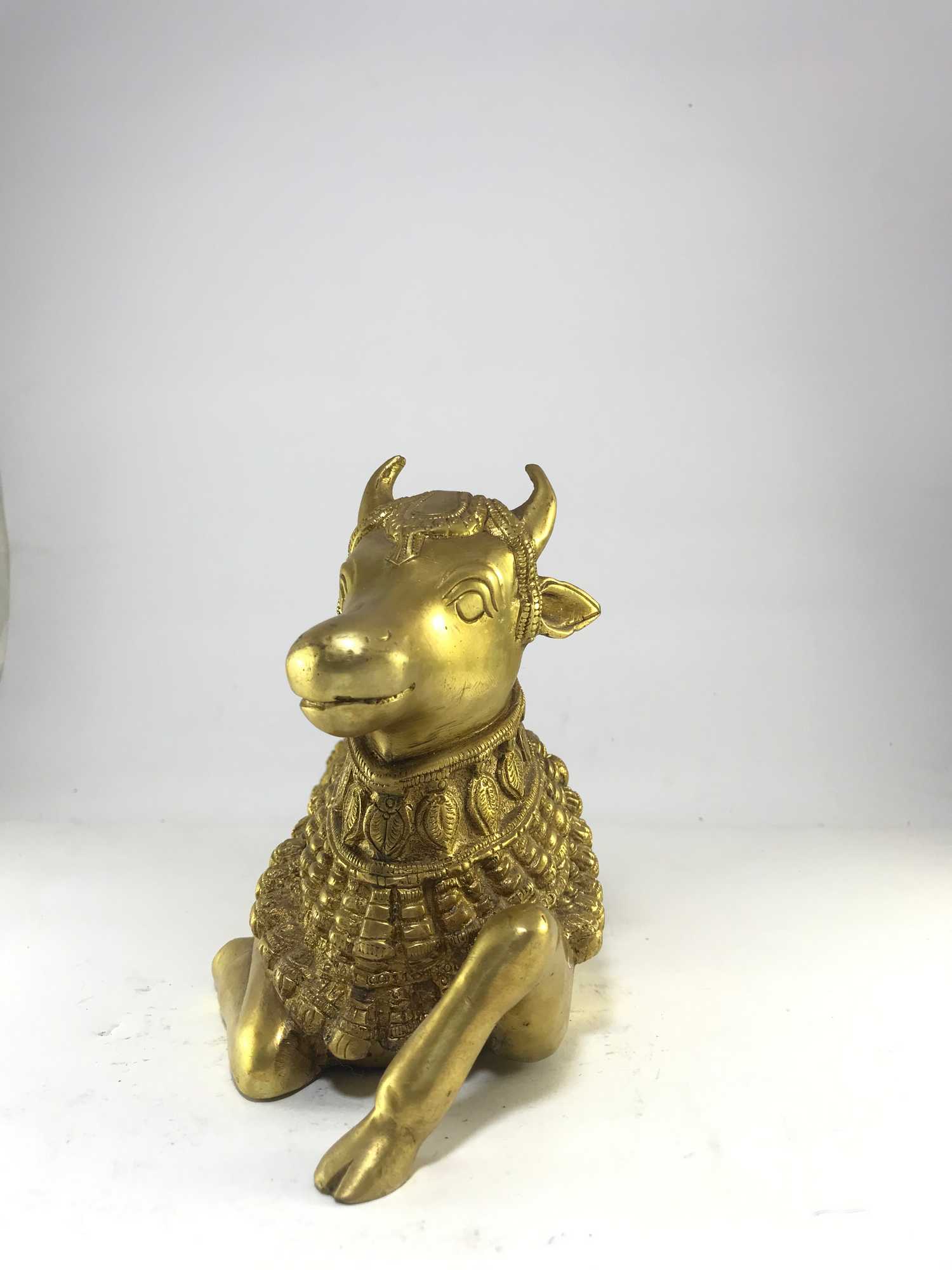 of Nandi Ox" title="Statue
of Nandi Ox" title="Statue  of Nandi Ox" title="Statue
of Nandi Ox" title="Statue  of Nandi Ox" title="Statue
of Nandi Ox" title="Statue  of A Man Playing Bhopu,
of A Man Playing Bhopu,  of A Man Playing Bhopu,
of A Man Playing Bhopu,  of Gandharva Candle Stand" title="Statue
of Gandharva Candle Stand" title="Statue 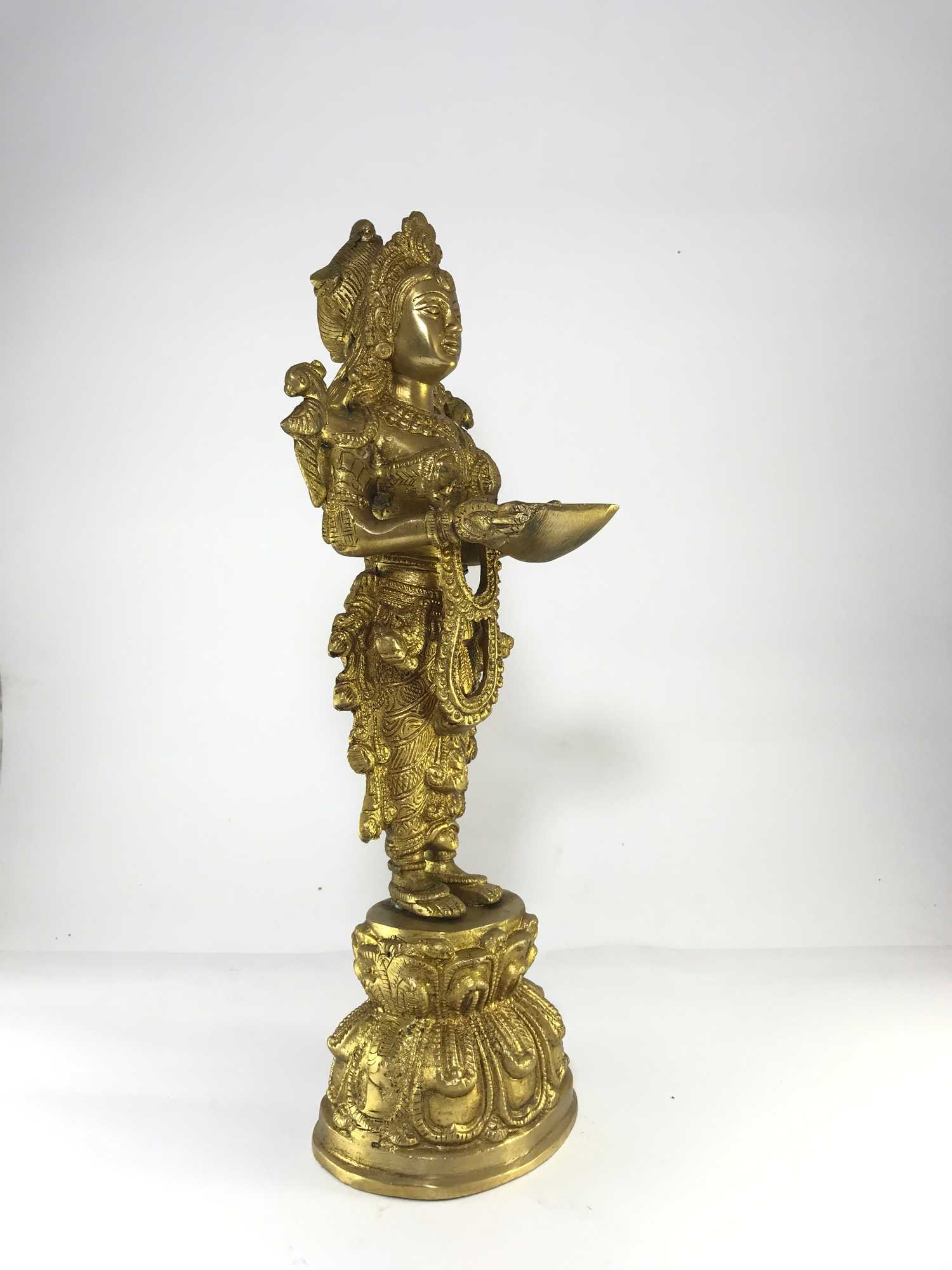 of Gandharva Candle Stand" title="Statue
of Gandharva Candle Stand" title="Statue 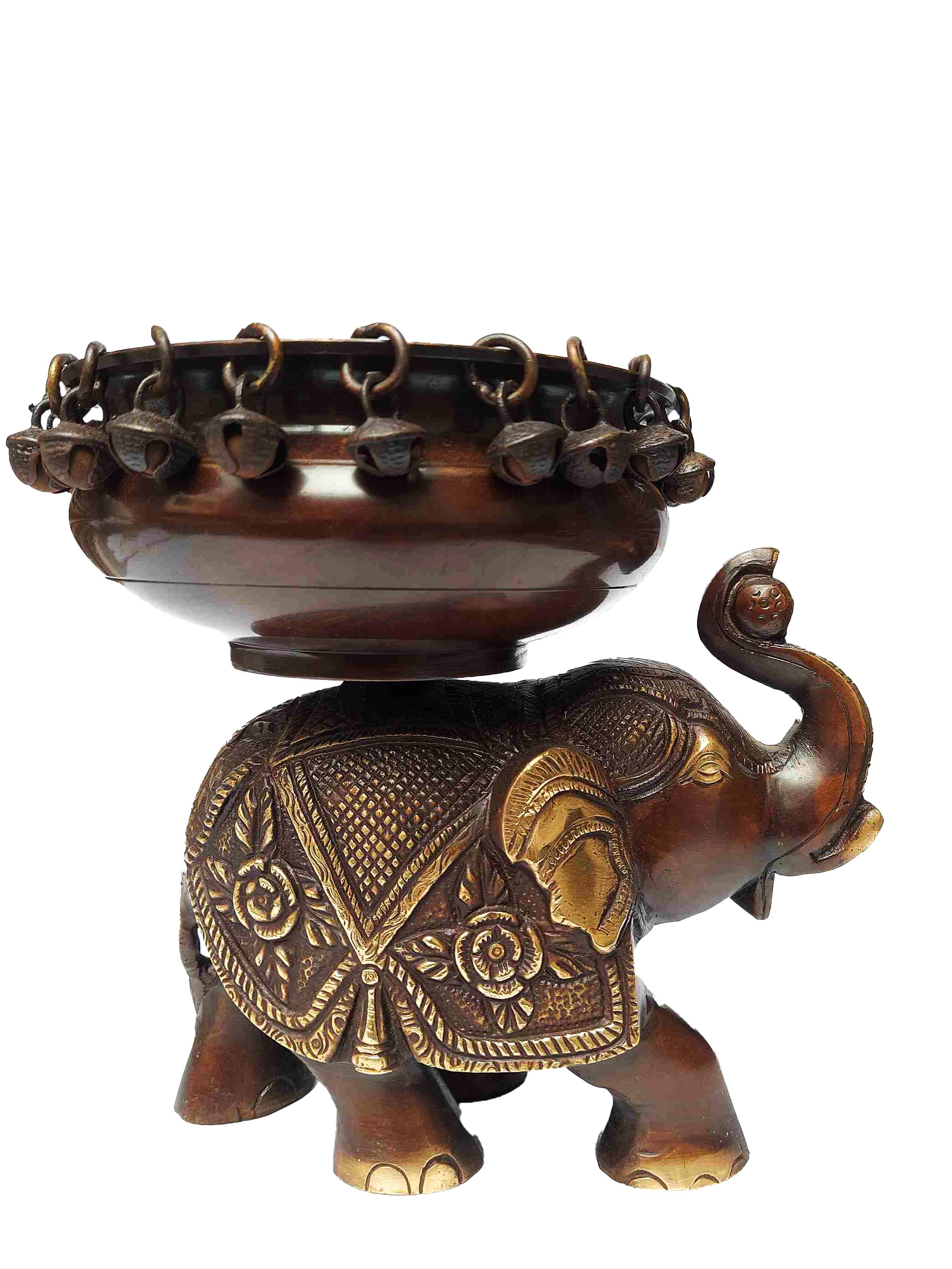 Elephant Design,
Elephant Design, 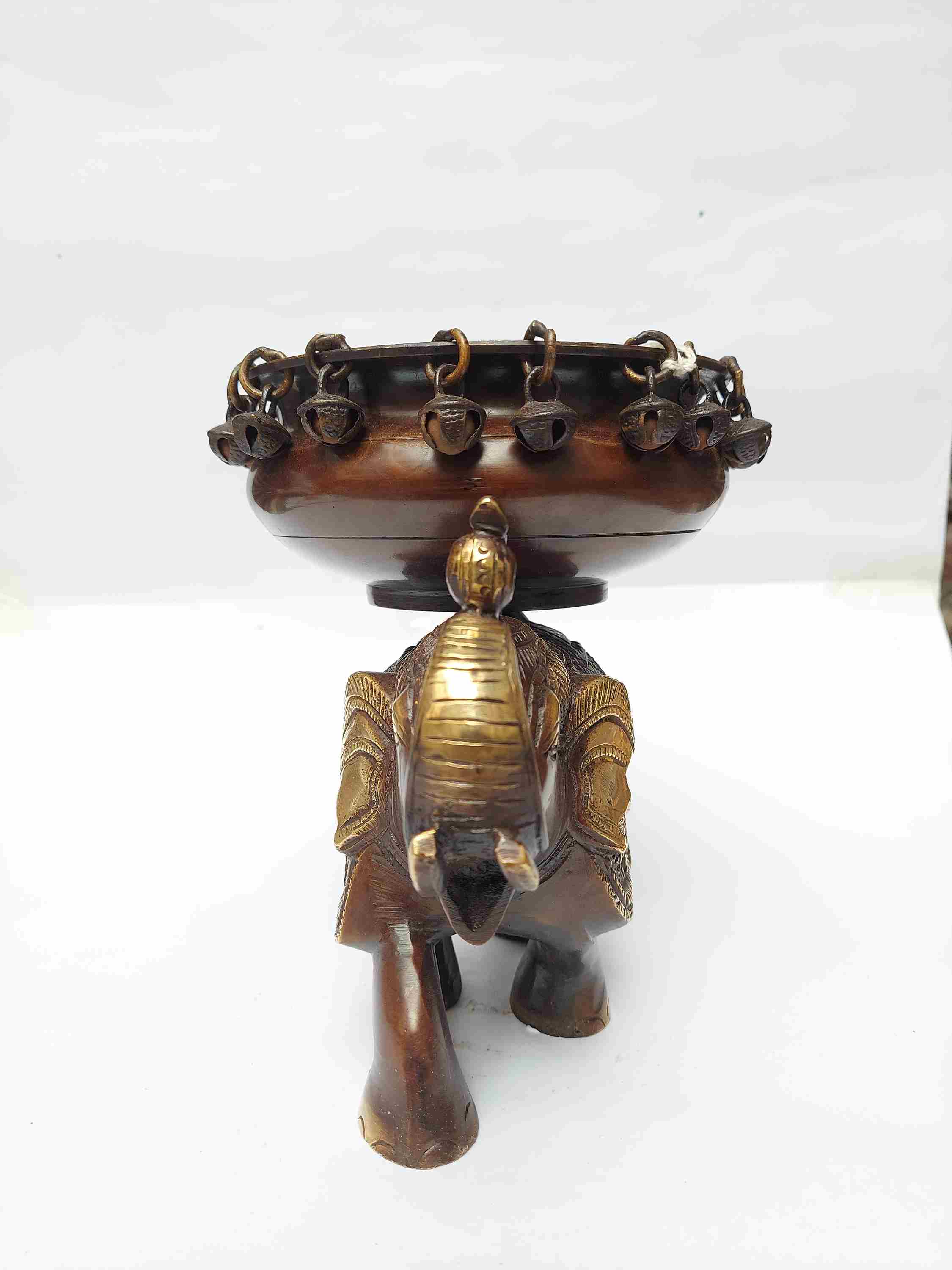 Elephant Design,
Elephant Design,  of Dholka Player
of Dholka Player 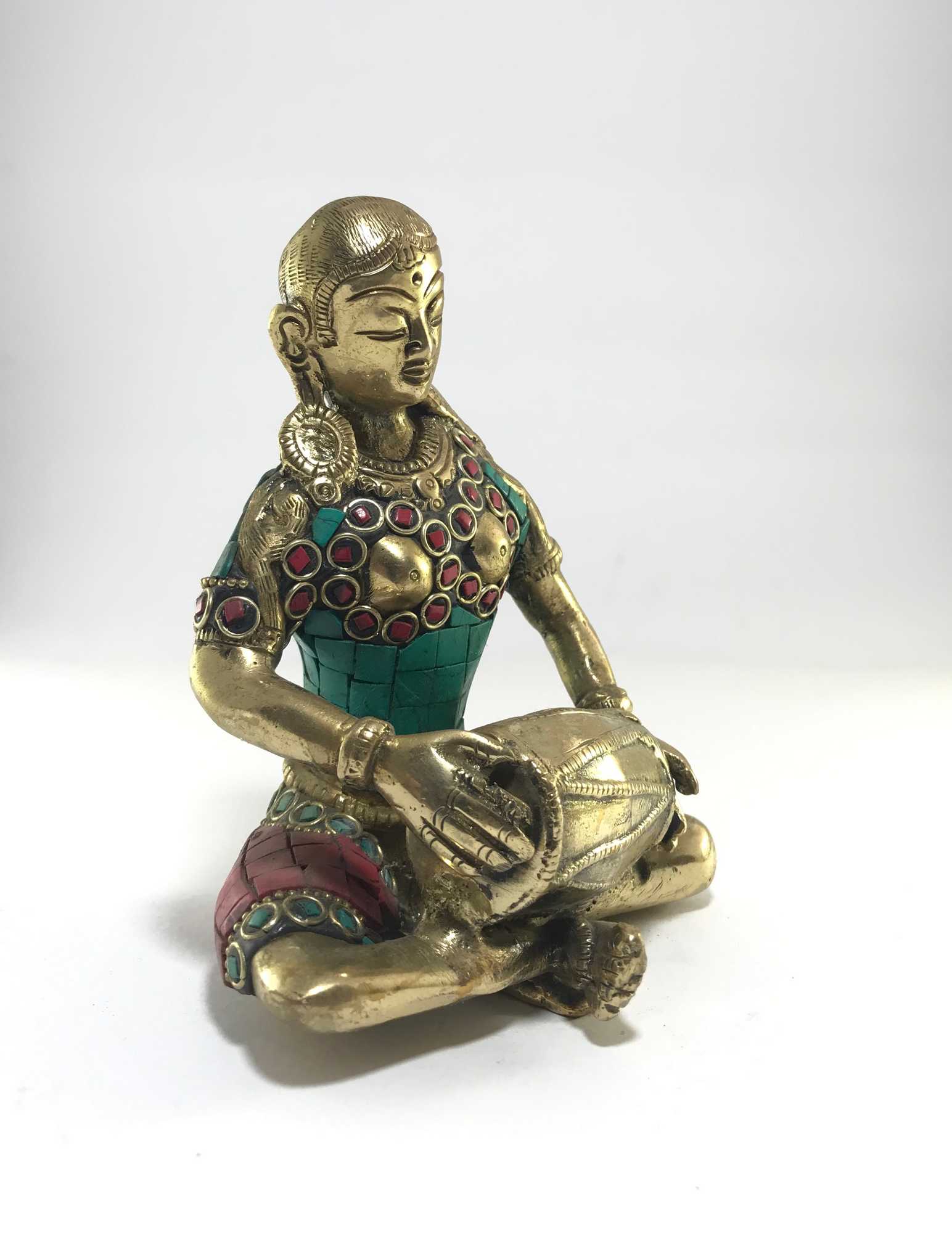 of Dholka Player
of Dholka Player  of Elephant" title="Statue
of Elephant" title="Statue 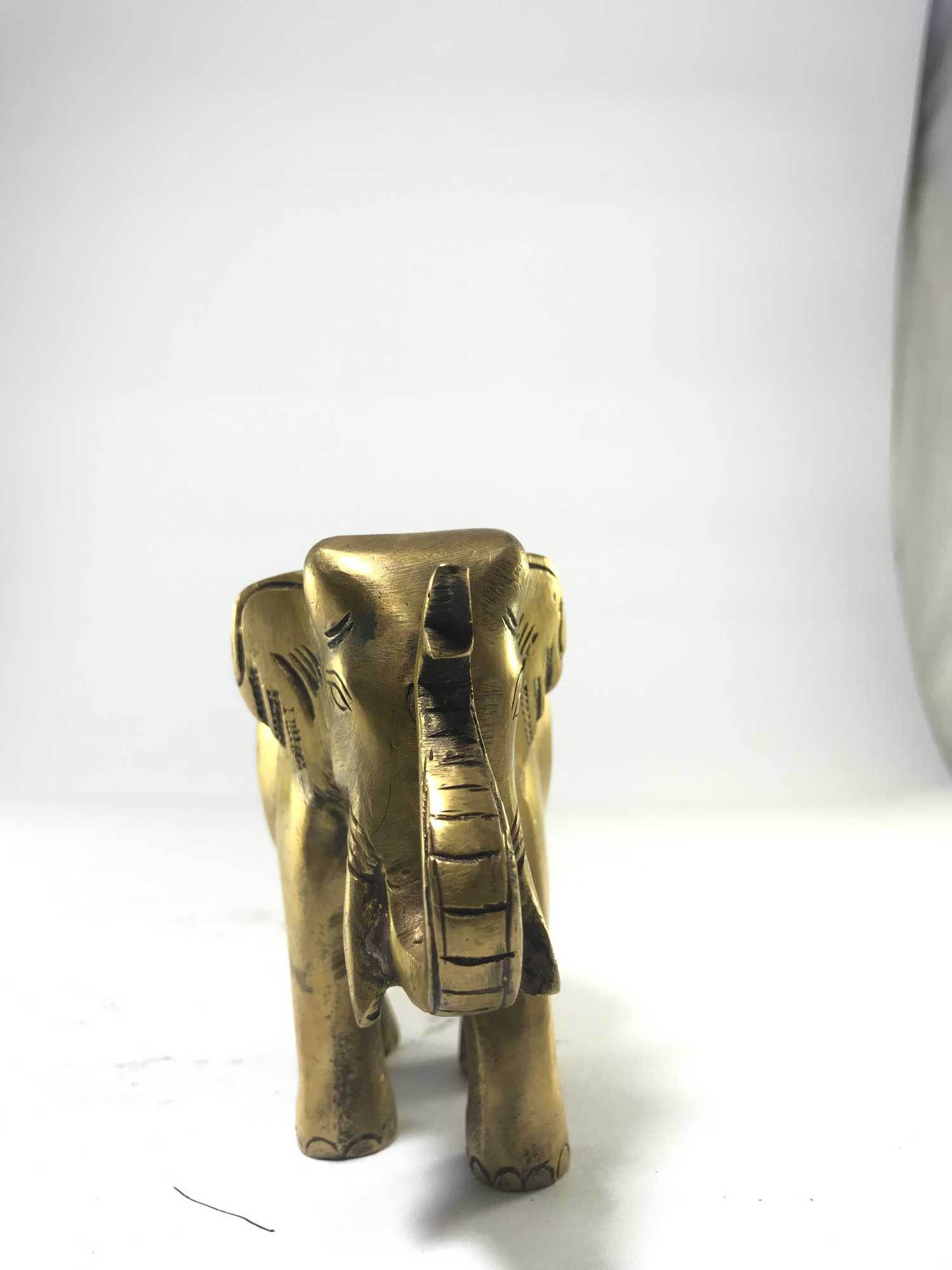 of Elephant" title="Statue
of Elephant" title="Statue 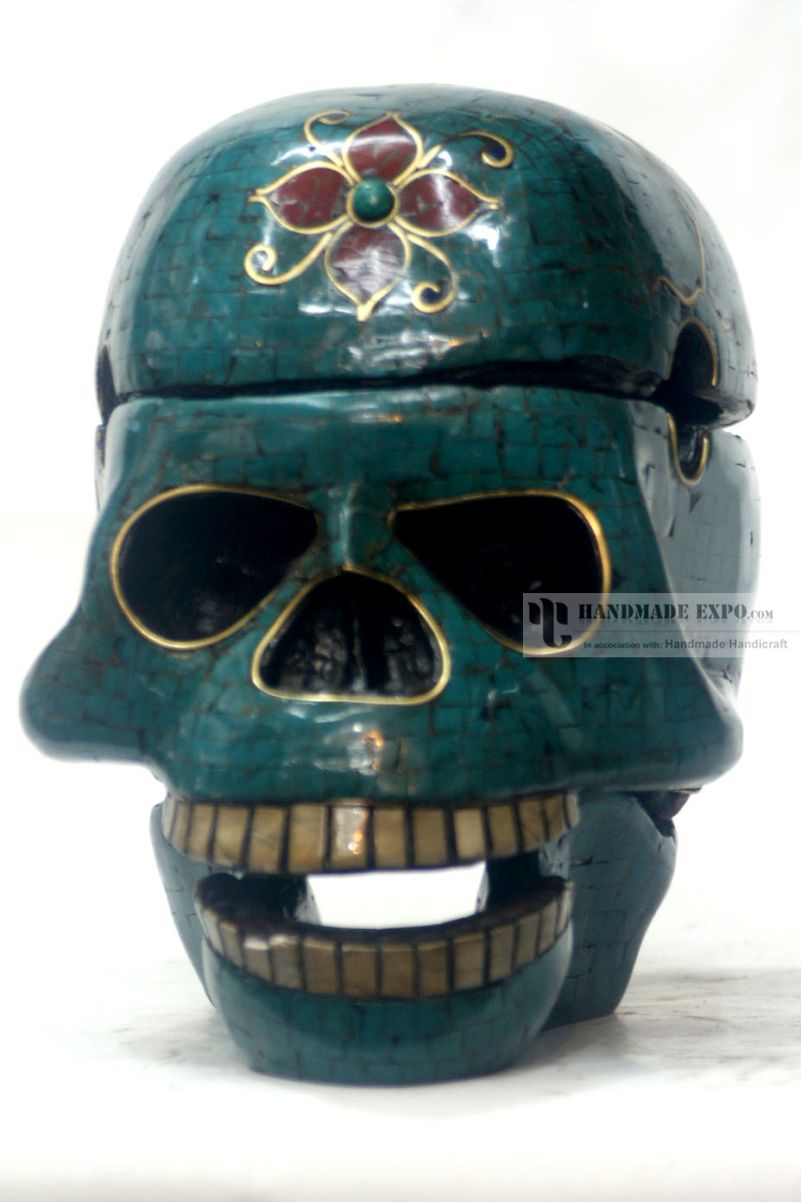 with Turquoise Stone Setting" title="Skull Ash Tray
with Turquoise Stone Setting" title="Skull Ash Tray  of Indra,
of Indra, 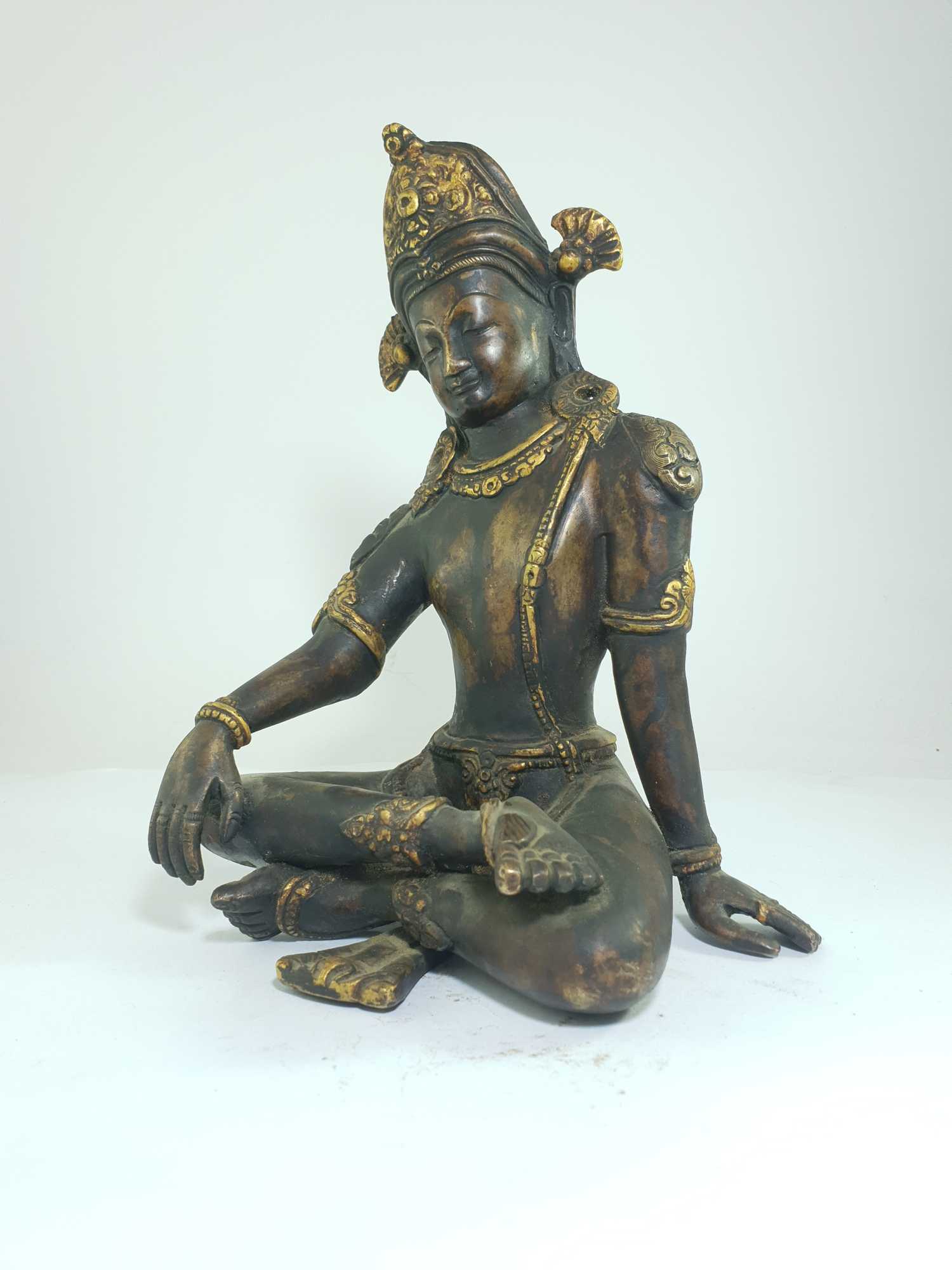 of Indra,
of Indra, 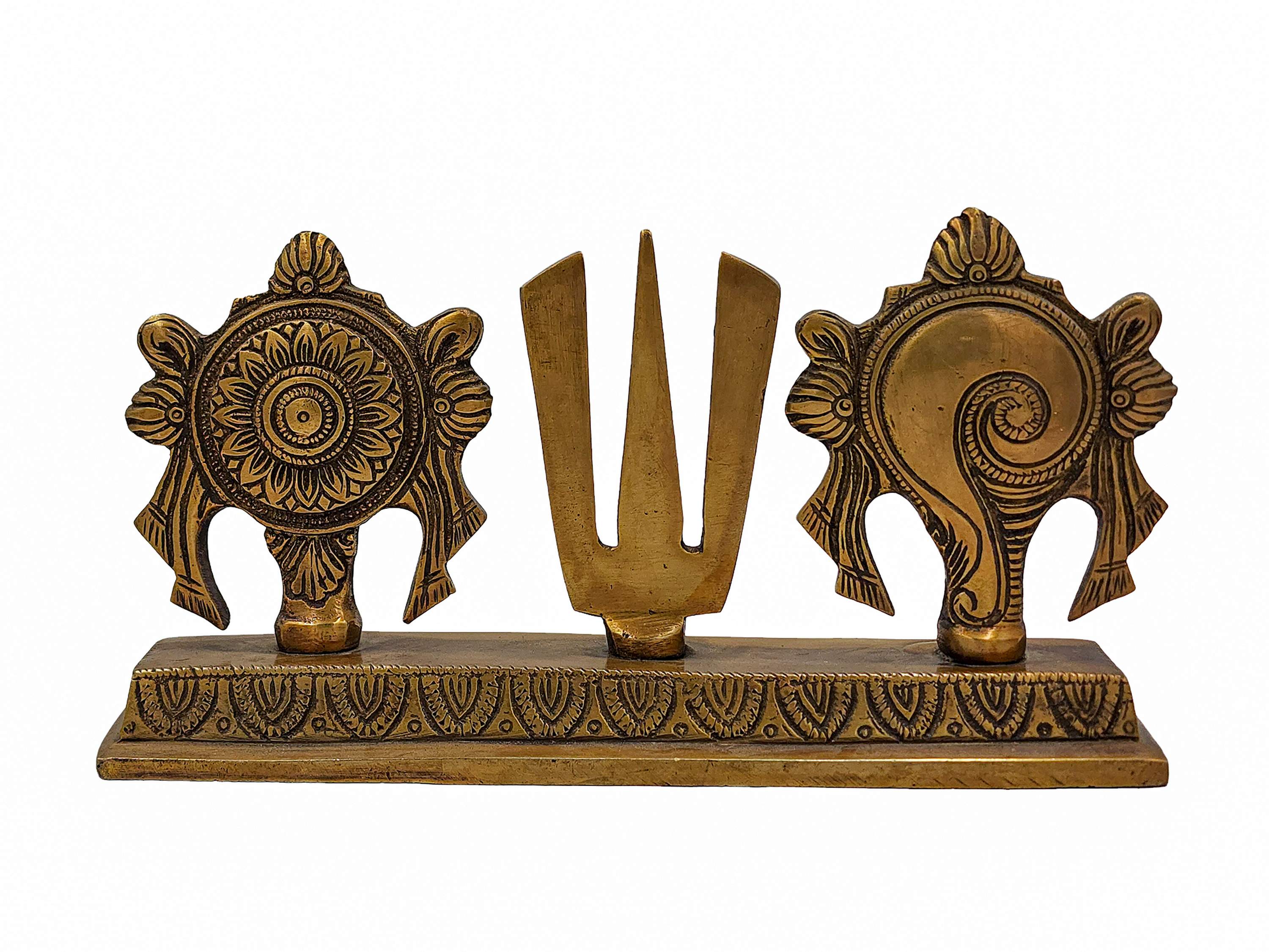 of Ashtamangala, Sand Casting, Glossy Finishing" title="Buddhist Handmade Statue
of Ashtamangala, Sand Casting, Glossy Finishing" title="Buddhist Handmade Statue 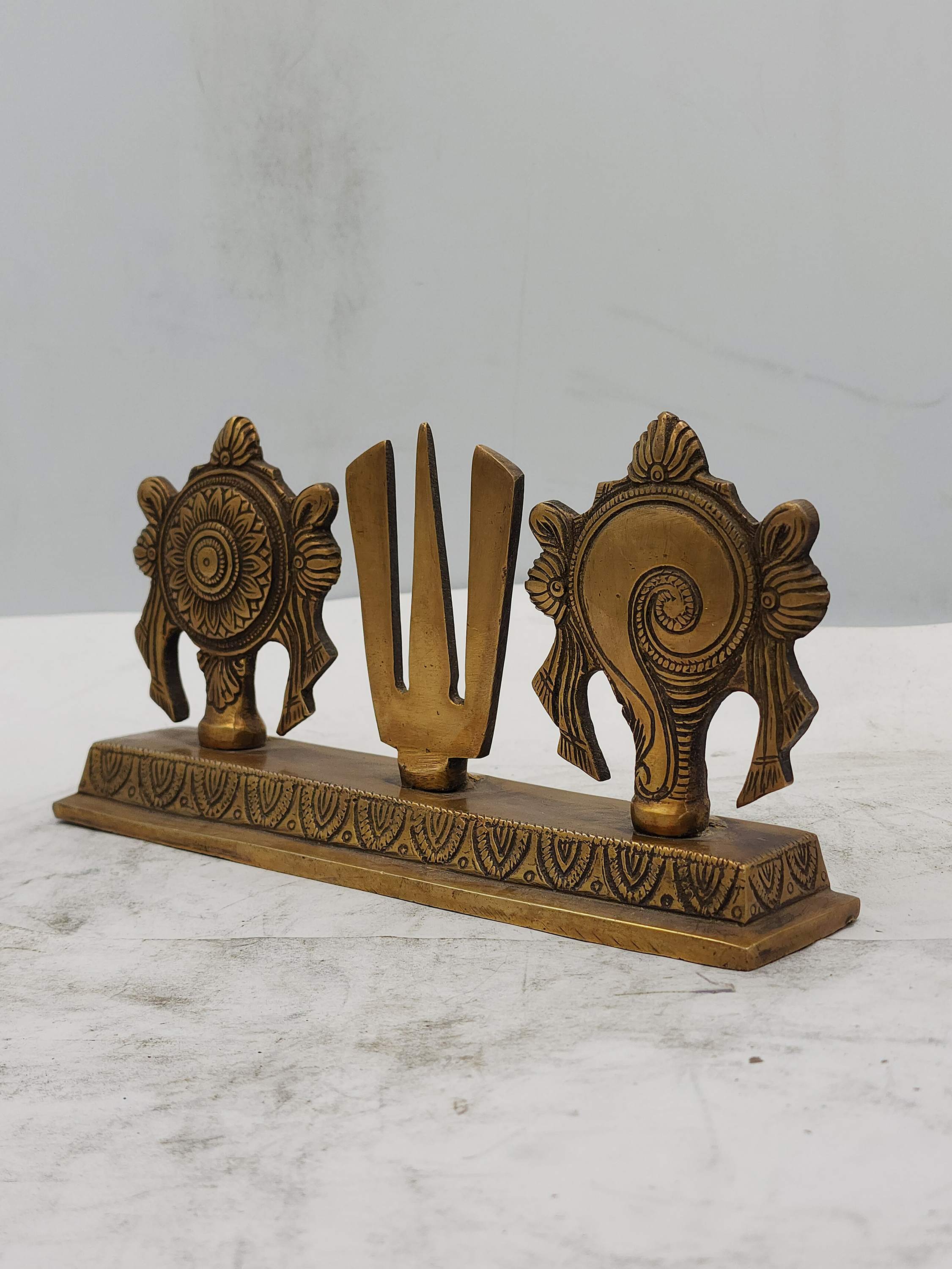 of Ashtamangala, Sand Casting, Glossy Finishing" title="Buddhist Handmade Statue
of Ashtamangala, Sand Casting, Glossy Finishing" title="Buddhist Handmade Statue